Telemetry can be described as a highly automated communications process that involves the collection of measurements and other data at remote or inaccessible points, prior to transmission to receiving equipment for monitoring and control purposes. Regular visitors to the Oriel Systems (http://www-orielsystems-com.orielsystems.com) website will be aware of the many potential applications of telemetry in the 21st century, including those both covered and not covered by the company.
Telemetry itself, can trace its own past back to the 19th century. This is the period in which telemetering information over wire has its origins, with 1845 being the year in which one of the first data-transmission circuits, between the Russian Tsar’s Winter Palace and army headquarters, was developed. In 1874, French engineers had a system of weather and snow-depth sensors built on Mont Blanc for the transmission of real-time information to Paris.
Then, in 1901, the American inventor C. Michalke patented a circuit – known as the selsyn – that allowed the sending over a distance of synchronised rotation information. The developments that gradually culminated in today’s data acquisition systems came thick and fast after that, with the year 1906 seeing the construction of a set of seismic stations with telemetering to the Pulkovo Observatory in Russia. A system of telemetry was then developed by Commonwealth Edison in 1912, for the monitoring of its power grid’s electrical loads. By 1914, the Panama Canal was completed, and used extensive telemetry systems for the monitoring of locks and water levels.
The start of the 1930s saw the concurrent development of the radiosonde by the Russian Pavel Molchanov and Robert Bureau in France, with wireless telemetry making early appearances in it. In Molchanov’s system, the modulation of temperature and pressure measurements was possible with their conversion to wireless Morse code. Meanwhile, another system, “Messina”, consisting of primitive multiplexed radio signals, was used by the German V-2 rocket for the reporting of four rocket parameters, although its unreliability was such that Wernher von Braun once claimed that watching the rocket through binoculars was a better idea.
There can be no doubt, however, that remote monitoring systems have advanced significantly in functionality, sophistication and reliability since then. Certainly, the range of applications for telemetry has significantly expanded, with space science, agriculture, motor racing, flight testing, military intelligence, medicine and resource distribution being just some of the fields that have benefitted from it. Since 1920, telemetry has also been used by weather balloons for the transmission of meteorological data. Remote monitoring solutions have also become more powerful and flexible in recent decades across various fields, helped by the large installed worldwide user bases of the leading telemetry installation providers.
The current technical team at Oriel Systems (http://www-orielsystems-com.orielsystems.com) have certainly learned a great deal from the telemetry solutions of the past, which places it in the best position to supply the most suitable systems for the widest range of present requirements.

 01249 705070
01249 705070